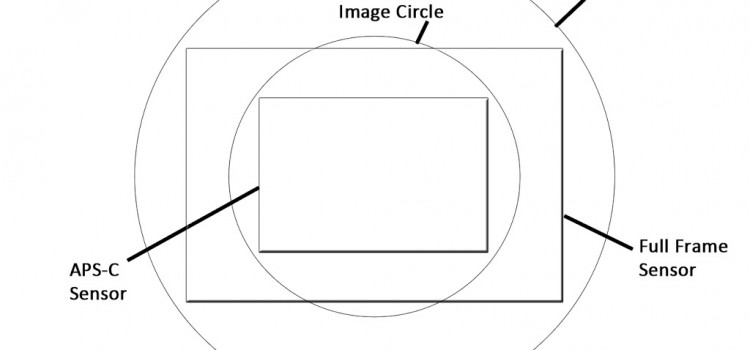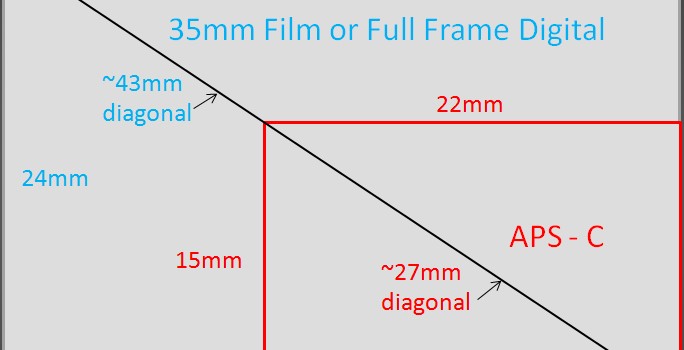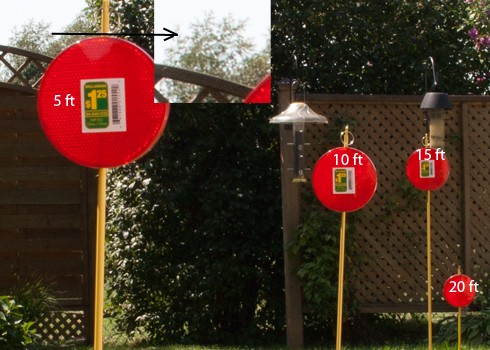In previous blog posts, I’ve written about taking still pictures of the night sky, and how to take time exposures in daylight. Now, let’s look at the ten basic steps for capturing the motion of the stars: 1. Get out
TRY TIME EXPOSURES FOR MAGICAL EFFECTS
When we think about taking long exposures with a camera, night time images usually come to mind. Only dark conditions generally call for slow shutter speeds, right? True-but there is a way to take time exposures in broad daylight…with surprising
PERFECTING THE PANORAMIC: STEP BY STEP

It’s getting easier to make panoramics with today’s cameras. Some will actually do the stitching together for you without the need for software. But unless you take control of the process, you may be selling yourself short on results.
DSLR Lenses: Crop Factor and Image Circles

(Not to be confused with crop circles) A few months ago, I wrote about how sensor size affects the way different cameras capture an image when using the same lens. To refine the topic a bit further,
Size Matters – Sensor Talk.

When digital SLRs started to come into the market, they essentially replaced the 35mm film camera. In most cases, the lenses that fit your 35mm camera could now be used on the new digitals (from the same manufacturer, of
Depth of Field: Finding the Focus Sweet Spot

Most of the time, when we want to get everything in our shot in focus from our feet out to infinity, the tendency is to dial in as high an aperture number, or f/stop, as possible. In doing so,